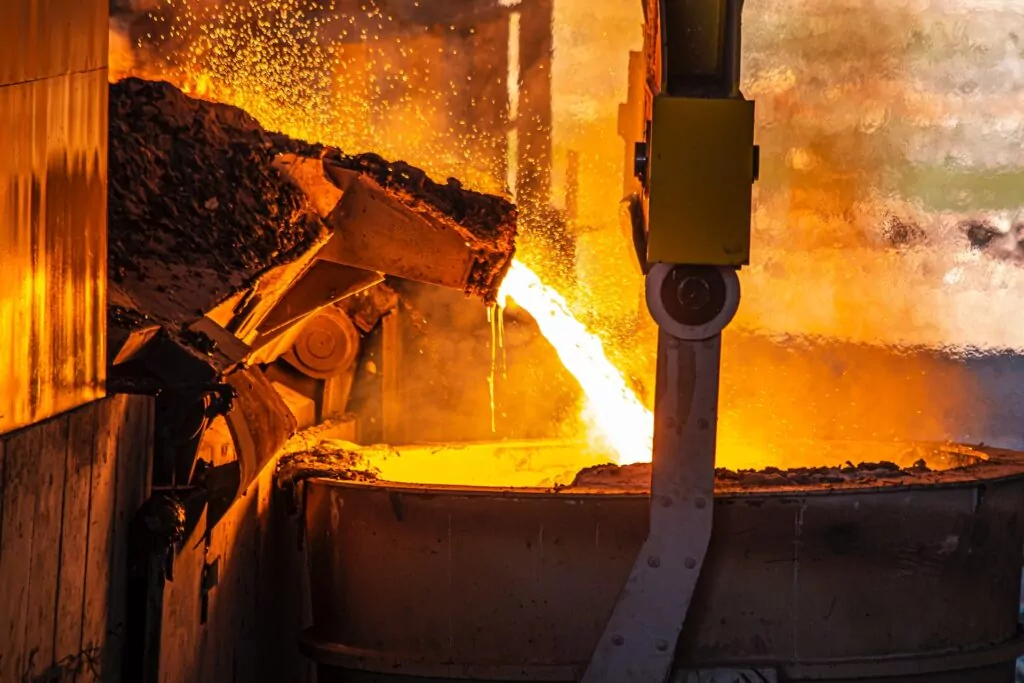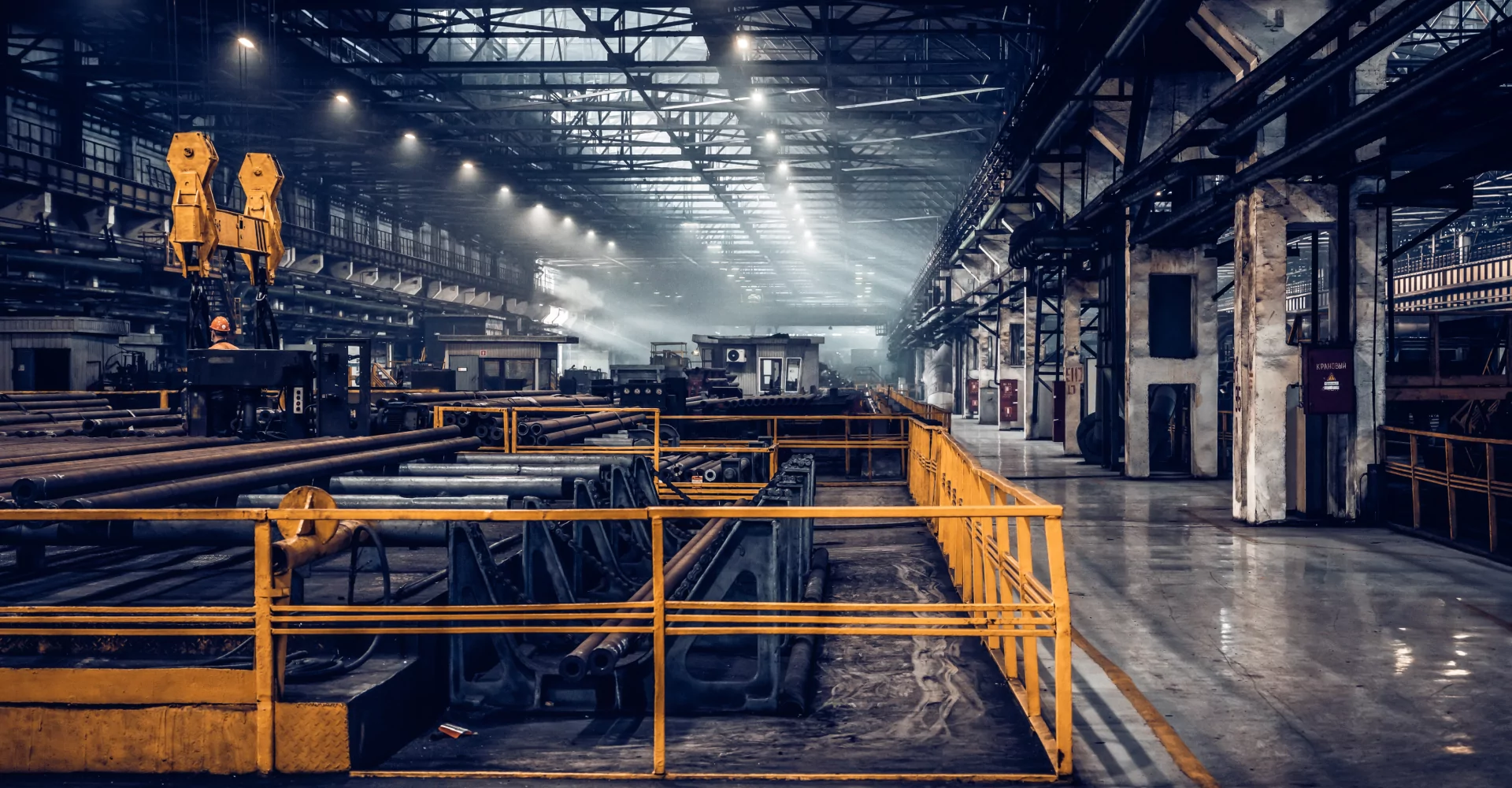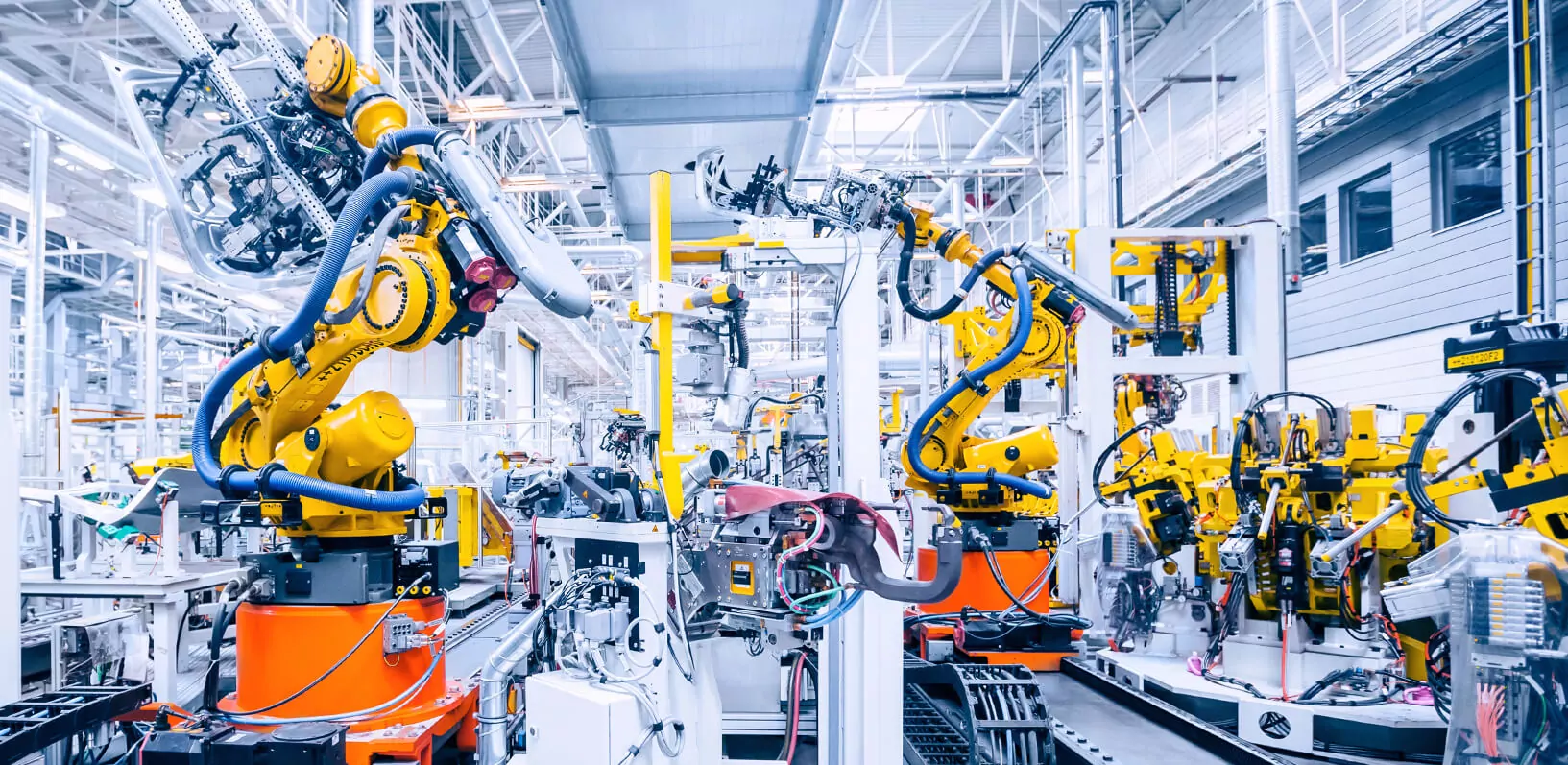When we were preparing a computer vision offer for a client from the steel industry, it occurred to us that a broader audience might want to know more about this particular use case. Thus you’re holding this article in your hands.
What is the metallurgical industry?
Just to clear things up before we get to the gist, let’s confirm we are on the same page. The metallurgical industry encompasses all operations connected with traditional metal production, e.i., exploration, mining, smelting, welding, and trade activities. We should also include the emerging areas, such as superconductors, nanotechnology, and solar processing.
Multiple industries depend on the products of the metallurgical industry. For example, steel is used in automotive, manufacturing, construction, and machinery.
The main problems metallurgy has to face
The gravest problems we encountered by the industry last year were:
- falling demand for steel and dropping steel prices,
- increase in production costs caused by high energy and gas prices,
- high prices of carbon emission allowances.
Challenges encountered by the steel producers
Currently, one of the most daunting tasks is optimizing production costs to enable companies to profit from steel production.
Addressing this issue will require decision-makers to identify those elements of the production process, the automation of which will bring real benefits and reduce current expenses. It applies to a variety of areas, such as process control, maintenance, unscheduled shut-downs, energy consumption, work safety, and labor productivity.
How to reduce costs in metal production?
We’ve noticed that one particular area of artificial intelligence, namely computer vision, does the trick in this specific industry.
CV is used for automated image recognition (photos and videos) and the incorporated objects such as: people, places, and articles, such as machines and their parts, raw materials, or finished products. Computer vision mechanisms work similarly to human vision but are much faster, more precise, and don’t make errors. With CV, we can collect valuable information, analyze it, and ultimately create innovative solutions.

How does computer vision work?
Computer vision has been present in the steel industry for years in its traditional form. Classic vision algorithms combined with cameras and scanners verified whether the final products were solid. They would compare their pictures to the prototypes, assessing measures, contrasts, color saturation, or size.
However, nowadays, we’re dealing with more efficient neural networks that learn for themselves what a good product is instead of comparing it to the model. This way, the algorithms are more effective and accurate, and can work even on a smaller scale.
The state-of-the-art CV systems can work in three ways:
- Object specification that allows them to differentiate the objects (as described in classic computer vision algorithms).
- Based on a library of previously classified images.
- Learning on their own based on data gathered (as in deep learning).
What is worth mentioning, the more data the algorithms analyze, the more efficient they become.
Use of computer vision in the metallurgical industry
The technology can be used in steel production in plenty of ways, including:
- automatic quality control of production processes and finished products (finding defective elements and minimizing errors made by employees) instead of manual inspection; properly configured systems based on computer vision and smart cameras allow for almost complete elimination of defective elements,
- to increase production efficiency; labor productivity is limited and depends on many factors, such as fatigue; while using technology, we can control several to several dozens of products per second, depending on the number of product features subjected to inspection,
- forklift and other vehicle driver assistance systems,
- systems designed to prevent failures in production lines (predictive maintenance),
- automatic control of whether employees use appropriate protective equipment, such as hard hats, masks, and vests,
- reduction of tedious, repetitive tasks performed by employees, which translates into increased work efficiency and lower costs,
- planning production using predictive models and predictive analytics.
You can learn more about computer vision from our ebook on strengthening your business with artificial intelligence.

How do we do it in NeuroSYS?
Frankly speaking, there are no off-the-shelf available computer vision systems so far. Thus, you have to be prepared to take an offbeat path. But don’t worry; we’ve got you covered! Our R&D manager and his team are involved in every CV project.
Step 1: local vision
We always set up a computer vision project with a site visit to our client’s production plant. This way, we can see firsthand the production process and areas to optimize, and have a clear understanding of the specific business needs. Since business owners can’t see the wood for the trees, we prefer to assess the processes ourselves.
Step 2: proof of concept
We build a Proof of Concept for the project (PoC) based on the information collected. It is a miniature version of the system or chosen functionality built to prove whether improvements are viable and show computer vision’s capabilities in this area.
Investing in such a sample enables our customers to reduce the risk of the project, specify their expectations clearly, and make the valuation of the complete system more realistic. Additionally, thanks to the PoC, it’s possible to estimate what is there to gain if you decide to go for the full monty. It takes us two weeks give or take to develop a Proof of Concept for the project.
Wrap-up
We’re aware that the metallurgical industry is somehow traditional, and though innovations occur constantly, groundbreaking ideas might seem a bit too risky to put into action. But desperate times call for desperate measures. So, in order to lower the risk, before you give the green light to computer vision, it’s highly advisable to invest in a Proof of Concept of the system, and see for yourself what sort of benefits can be brought by the modern technological solutions.





